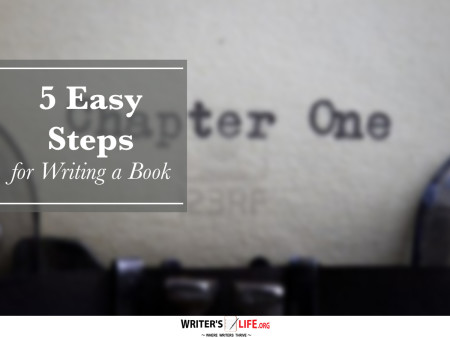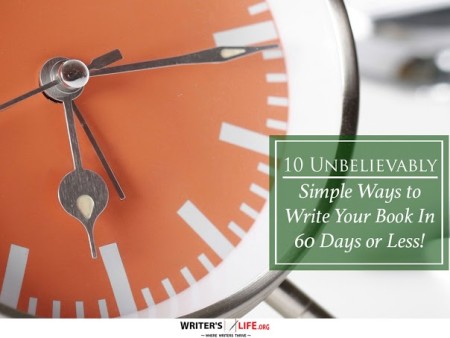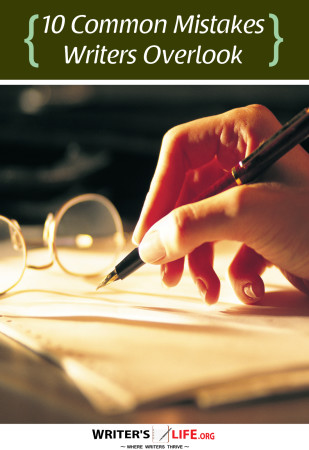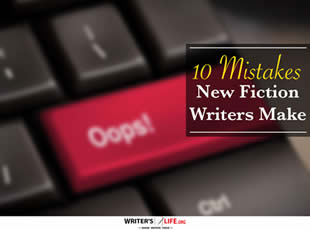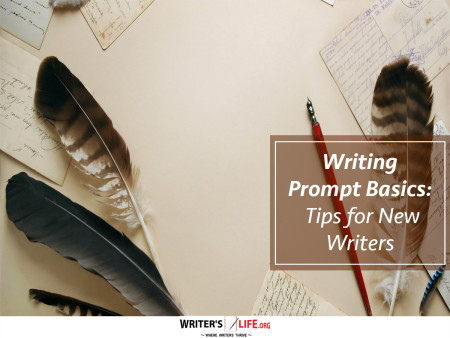- How To Tackle Jealousy In Creative Writing
- Common Submission Mistakes
- How To Stop Your Blog Becoming Boring
- The One Thing Every Successful Writer Has In Common
- How To Make Yourself Aware Of Publishing Scams
- Why Almost ALL Writers Make These Grammar Mistakes At Some Point
- 5 Tips For Authors On How To Deal With Rejection
- Top Mistakes to Avoid When Writing a Novel
- How to Avoid Common New Writer Mistakes
- 10 Mistakes New Fiction Writers Make
Entering Contests–The “Evidence” Judges Want To See

Think of it from the judge’s point of view.
Her job, after all--like that of any good judge--is to weigh the evidence and render a verdict, in this case on the quality of the book, story, poem, or essay you’ve submitted to a writing contest.
And her perspective is the one that will determine just how your entry will fare.
On the one hand, you know going in that the odds are always stacked against a writer, in contests no less than in the publishing world. For every manuscript that wins an award, there are sure to be hundreds or thousands of competing works that don't make the cut.
But that’s no reason not to try. Contests can be an effective way to gain the visibility every writer wants and needs. And approaching those competitions strategically will go a long way toward boosting your chances of a win.
That’s where thinking like the judge makes all the difference. If you were faced with perhaps hundreds of entries and had only a few prizes to award, what evidence of excellence would you be looking for as you worked your way through the manuscripts?
Quite likely, Exhibit “A” would be the title itself.
But that’s an element a lot of writers tend to overlook. A good title does a great deal of work when it comes to drawing a judge in and hinting at what lies ahead. Who wouldn’t be intrigued by John Berendt’s Midnight In the Garden of Good and Evil or Terry McMillan’s How Stella Got Her Groove Back? For the judge, the thought, care, and creativity that go into the title can be persuasive evidence that an entry is going to maintain the same qualities all the way through and command serious consideration.
Then comes Exhibit "B"--the body of the work itself.
Every writer has heard it before, but it is essential to remember that you only have a page, a paragraph, or perhaps a line or two of a poem to make an irresistible first impression. Don’t get off on the wrong foot. It may sound harsh, but the flip side of selecting a winner from, say, 500 entries is eliminating 499 of them. Don't give the judge a reason to pass yours by.
At the most basic level, make sure your entry is free of typos or other errors that signal a lack of care. Beyond that, take a long, hard look at it through the judge’s eyes to make sure that every sentence, every word, pulls the reader deeper into the story and nearer to the conclusion.
Once you have done that and made sure your manuscript is award-worthy, there are still other steps you can take to improve your odds--and pitfalls that are more common than you might think.
If the contest is divided into categories, be careful to pick the most appropriate one. That might seem obvious, but a lot of writers stumble when confronted with the choices.
If you know who the judge will be, think about her own work and try to submit a piece you think will resonate with her.
Follow the guidelines! This is not the place to push the envelope, and some judges say it’s the first thing they look for. If the guidelines say 1,000-word limit, they mean 1,000 words, not 1,100.
Then--before you drop it in the mailbox or push “send”--take one more careful look at your entry, from that judge’s point of view and make a final pass at editing. There’s always something that can be improved.
Of course, even the most careful review doesn’t guarantee success in the fiercely competitive world of writing contests. But even if you don’t come out on top of the contest, your manuscript will be tighter, more polished, and better than ever--and that’s a prize in and of itself.

















